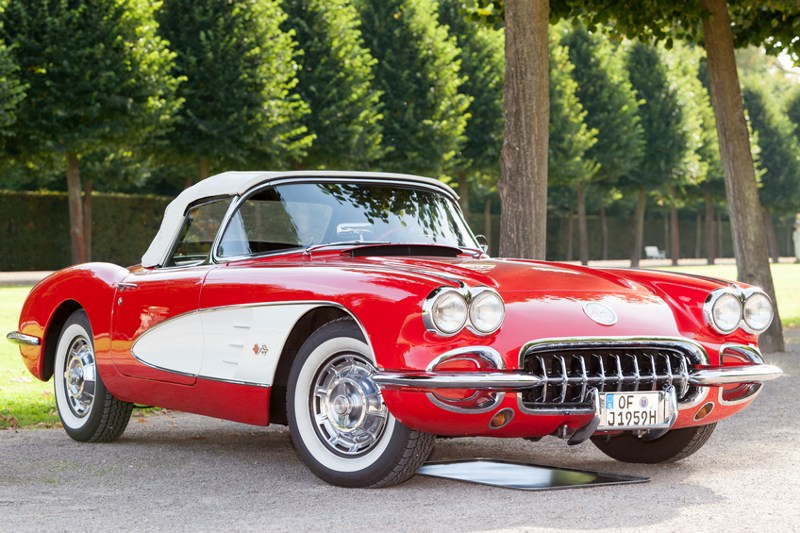
Classic cars are alive and well in Brisbane, with an abundance of car appreciation clubs and events. Much like vintage fashion and décor have the innate ability to give us modern folk a glimpse back in time. They’re a direct portal to how life used to be. The aesthetics and the technology. But how does one wash a classic car correctly?
The world of classic car appreciation is a community of enthusiast that spans the globe. You can find Classic Car Clubs on every continent, with specialities as vast as decades in history. From Veteran (pre-Frist World War), all the way through, Vintage (1919-1930) to Youngtimer modern classics. The world is vast to say the least.
Needless to say, the classic car enthusiast will typically have more car knowledge than your average joe, but even if you’ve been interested in classic cars for as long as you can remember there is always something new to learn.
Polishing up your car washing practices will keep your pride and joy looking its best.
Timing
All vehicles, especially those driven on a weekly basis should be washed on a weekly basis in order to keep the paint job looking as fresh as can be. Daily grime from the road, bugs, tree leaves and sap and bird droppings are the biggest culprit of paint damage.
As a classic car owner your probably treat your dream ride with a little more TLC than Bob next door does his Toyota Camry. You possibly don’t drive it on a daily basis, or at the very least store it in a garage. Nevertheless, those long weekend joyrides will still have an impact.
If you want to keep your baby looking fresh for car shows, tackling grime immediately is the key.

Automagic Vs. Manual
The Luxe Car Wash team prides its self on its high quality automated carwashes. Using eco-friendly soaps, water usage practices and the highest quality brushes. Our automated wsher is more than suitable for classic cars. Nevertheless, as a car enthusiast with an eye for detail, and maybe a tendency to need to pamper your beauty just so, you are probably leaning towards a hand wash and detailing.
Tip: to reduce scratch risk as best as possible be sure to use sheep skin or cotton chenille washing mitts.
Start at the Top
Regardless of the vehicle, the best hand washes start at the top. Start by soaking the car with a running stream of fresh water from the roof, working your way down to the wheel. The running water will wash away the top layer of dust and debris before your start. Starting at the top controls the direction the debris goes, ensuring it is eventually washed down to the ground, not pushed on to a clean spot. Not to mention, that if you start at the wheels you’ll be spraying the car with water from the dirtiest part of the car. The harsh metal shavings from the brakes are likely to causes scratches on the paint if you use that method.

Soap Specific
Soap choice is a huge contributor in the detailing of your car, the options seem endless. For the most part, you can’t really go wrong with a premium product. Just keep in mind, whatever choice you make, you want it to have high-foaming properties, and neutral pH and a high viscosity aka high slick factor.
Last but not Least the Wheels
The cardinal rule for all car washing is to tackle your wheels last. Needless to say these are the dirtiest, grimiest part. We definitely recommend using a separate sponge for the wheels. Additionally, never use the water that’s been used to wash your wheels on the body of the car.
Repeat Rinse
Finish of the wash with another good soaking of running water. Take time and care to make sure there’s no soap residue that could damage the paint.
Say NO to the Drip Dry
Drip drying is a big No, No! All mains water, will have some varying level of mineral composition, these minerals will stay on your car once the water has dried away. Allowing minerals to adhere to your paint can be extremely damaging. There is no point in going through the effort of a through wash if you’re not going to take the time to dry your car properly.
Classic cars need to be pampered, use only a soft leather chamois or microfiber towel. Again working from top to bottom. Make sure to get all the nooks and crannies because classic cars are particularly prone to rust. Changing towels regularly will improve efficiency of the drying process.

